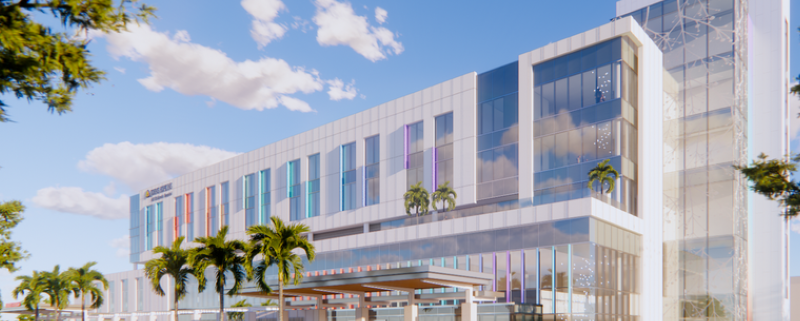AdventHealth Planning Hospital In World Commerce Center In St. Augustine
According to a letter from St. Johns County Growth Management, AdventHealth plans to develop an 88-bed hospital and office space on land it purchased within World Commerce Center in St. Augustine.




